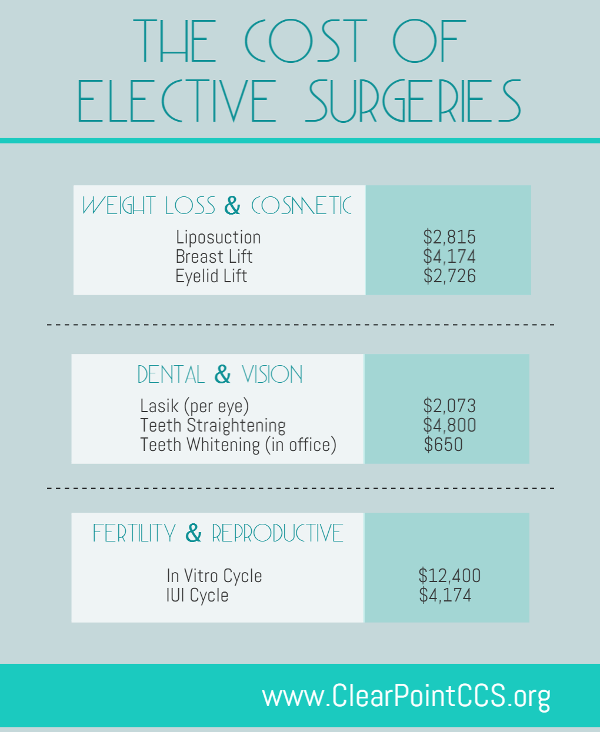AHAs are a crucial active ingredient for unclogging pore obstructions and lightening up acne-prone skin. They function by breaking down dead skin cell accumulation to advertise more recent, fresher cells, and stopping future blockages.
Developing topical AHAs demands thorough attention to different crucial variables that significantly affect their effectiveness and tolerability. Keeping the optimum pH variety, together with lorry option and concentration, enhances their exfoliative qualities while alleviating possible adverse reactions.
Glycolic acid
Glycolic acid is known for its moderate yet efficient scrubing properties, which promote skin's natural dropping and loosen up the "adhesive" that holds dead cells externally of the skin. This helps unblock pores and minimize the appearance of fine lines and wrinkles, in addition to enhance total skin appearance and tone.
Interestingly, topical glycolic acid has also been shown to promote the production of collagen, which is important in keeping skin's suppleness and flexibility. It is important to keep in mind, however, that since glycolic acid can promote the skin's level of sensitivity to sunshine, it is vital to put on sun block when making use of any kind of items having this active ingredient.
Skin doctors pay mindful focus to the solution of items having AHAs in order to maximize their efficiency and tolerability. Creating AHAs with the ideal lorry, along with pH and focus factors to consider, permits optimum skin infiltration while decreasing possible damaging responses. This is specifically critical for people with delicate skin, considering that AHAs are understood to be slightly annoying.
Lactic acid
Lactic acid is discovered in numerous over the counter skin care products and some stronger specialist peels and therapies. It has the most affordable molecular weight of all the AHAs and has the ability to permeate much deeper into the skin, where it is much more effective at unclogging pores and scrubing.
Like glycolic acid, it additionally boosts collagen synthesis, which aids lessen great lines and creases and boost skin structure. Furthermore, it has moisture-retention residential or commercial properties, which makes it more suitable for drier skin types than various other AHAs.
The considerable body of professional information corroborating the effectiveness of topical AHAs supports their utility in a large range of dermatological afflictions and visual worries. These include elaborate skin rejuvenation procedures, depletion of great lines and beverly hills walk in clinic wrinkles, lightening of hyperpigmentation, therapeutic intervention for actinic keratosis, and acne monitoring [2] Maximizing the formula of AHAs by balancing pH, focus, and automobile choice further boosts their restorative capacity. These careful considerations make it possible for skin doctors to supply risk-free and effective therapies that give remarkable medical results.
Mandelic acid
Mandelic acid, stemmed from almonds, is one more member of the AHA family and is a preferred component in items that assist treat acne. Its bigger molecular dimension means it passes through the skin a lot more slowly and gently, which can lower the capacity for irritation. It's additionally less most likely to cause inflammation and various other skin sensitivity issues, making it ideal for sensitive skin kinds.
Mandelic Acid is thought to help in reducing swelling and boost hydration. It functions by loosening the bonds in between dead skin cells, allowing them to shed and expose fresher-looking skin. It also helps in reducing the appearance of bigger pores.
Developing topical items with AHAs needs a precise equilibrium of key aspects that considerably influence their effectiveness and tolerability. Specifically, the pH of an AHA formula has been revealed to play a crucial duty in its capability to advertise exfoliation and boost skin tone and appearance. Achieving this optimum concentration is a difficult objective and needs thorough interest to the numerous elements that influence the formulation procedure.
Citric acid
Citric acid, found in citrus fruits such as oranges and lemons, is a moderate AHA. It's much less annoying than glycolic or lactic acid, making it preferable for sensitive skin. It additionally has astringent residential or commercial properties, aiding to dry out excess oil.
Like various other AHAs, citric acid can be made use of in chemical peels and everyday active/maintenance treatments to exfoliate the skin and advertise cell turnover. It can help in reducing the appearance of dark areas and hyperpigmentation, along with fine face lines.
It can also boost the synthesis of glycosaminoglycans, which play an important duty in strengthening the skin barrier feature. This helps to avoid trans-epidermal water loss, and maintain optimum hydration levels in the skin [35]
AHAs can be integrated with comforting ingredients such as ceramides or hyaluronic acid to enhance their tolerability. They can be included into everyday active/maintenance skin care through cream or product formulations. This enables professionals to customize their AHA treatments based on person needs and preferences, with the adaptability of choosing from different therapy strengths or concentrations.
